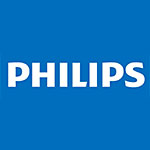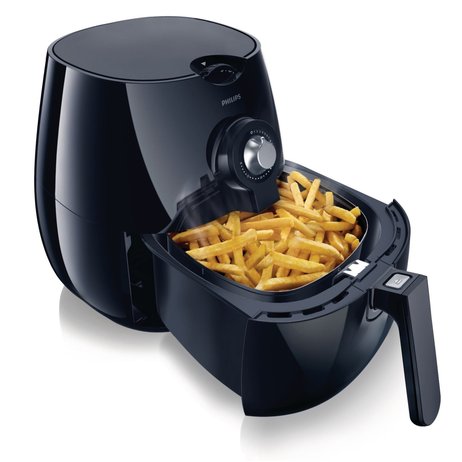Philips Finds New Cooking Product Via Open Innovation
Published Jun-28-16Breakthrough:
How one multinational created a hit commercial product by licensing a novel technology from an inventor.
Company:
Philips, Netherlands
The Story:
 Product managers don't always have to rely on internal R&D to come up with new products. Open innovation is becoming a standard approach for many companies as they look to external sources for new ideas that will give them a competitive edge.
Product managers don't always have to rely on internal R&D to come up with new products. Open innovation is becoming a standard approach for many companies as they look to external sources for new ideas that will give them a competitive edge.The Invention of the Philips Airfryer
One such example is the Philips Airfryer which was introduced into the market in 2010. The kitchen appliance uses just one-half a tablespoon of oil to fry a variety of foods, including chicken, meat and French fries. Instead of boiling the food in super hot oil, the device uses super-heated air, producing the same quality food as if oil had been used.
The cool secret behind the technology is the patented Rapid Air technology that combines fast-circulating air with a grill. The result is food with 80% less fat, fewer cooking odors and vapors.
Improving on an Existing Product
The inventor of the technology is Fred van der Weij, who owns a product development company called APDS. He had bought a fat-free fryer after seeing a television advertisement, but was not happy with the cooking results he was receiving with it. Being an engineer, he started tinkering to make a better version.
Eventually, he came up with a way to optimize the fryer, but at that time did not have the financial means to market it. He formed a partnership with a company that helps inventors, and together they tried to secure external sources of funding, but that drew a blank. They filed for a patent, built a prototype and mulled over the idea of developing the product themselves or selling it. They contacted Braun who were not interested, so next they reached out to Philips.
Innovation Impasse
For a number of years, Philips had been trying to develop a process to fry using hot air/steam. By 2006 the company had a prototype, but its engineers were finding it difficult to turn this into a consumer product. Their versions were too complex and expensive. So they looked outside their four walls to inventors who had developed similar appliances. However, they didn’t find what they were looking for. And then they got a lucky break - the call from Fred van der Weij.
He presented his idea, which was similar to what Philips had been working on, but with the crucial differences in that it was much simpler and user-friendly.
A letter of intent was signed which signaled the start of the investigation phase, under which the product was tested for safety, technical specifications and quality. It passed all with flying colors, and so Philips signed a licensing agreement with the inventor.
Product Launch
The Airfryer was launched at the Internationale Funkausstellung (IFA), a consumer electronics fair in Berlin and attracted a lot of positive attention. Subsequently, it became a big commercial hit for Philips, selling well in Europe and many other territories.
Keeping the Product Pipeline Flowing
By using external sources, companies are no longer limited to their own resources. When the well of ideas dries up, open innovation can stave off stagnation. And some of the best ideas can come from the little guys, the lone inventors and small enterprises.
Forming a strong relationship with these external entities can benefit all parties enormously.
Next Story »

